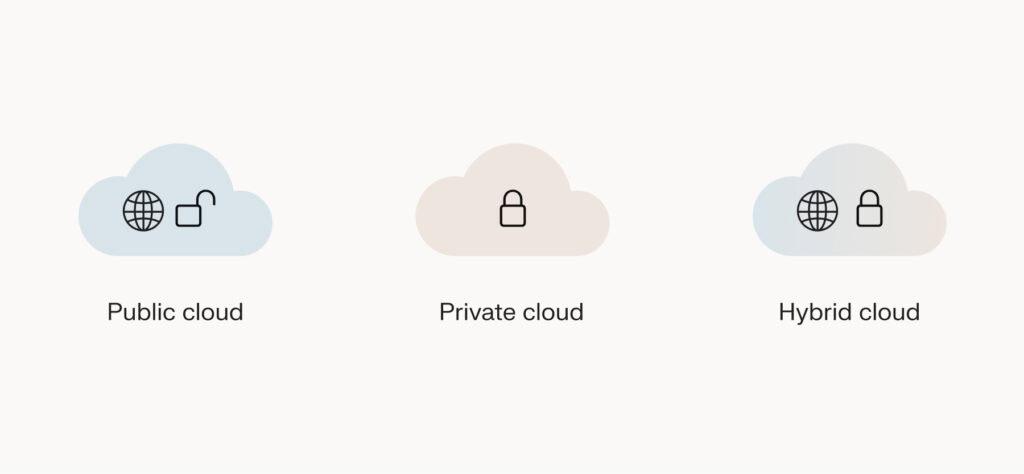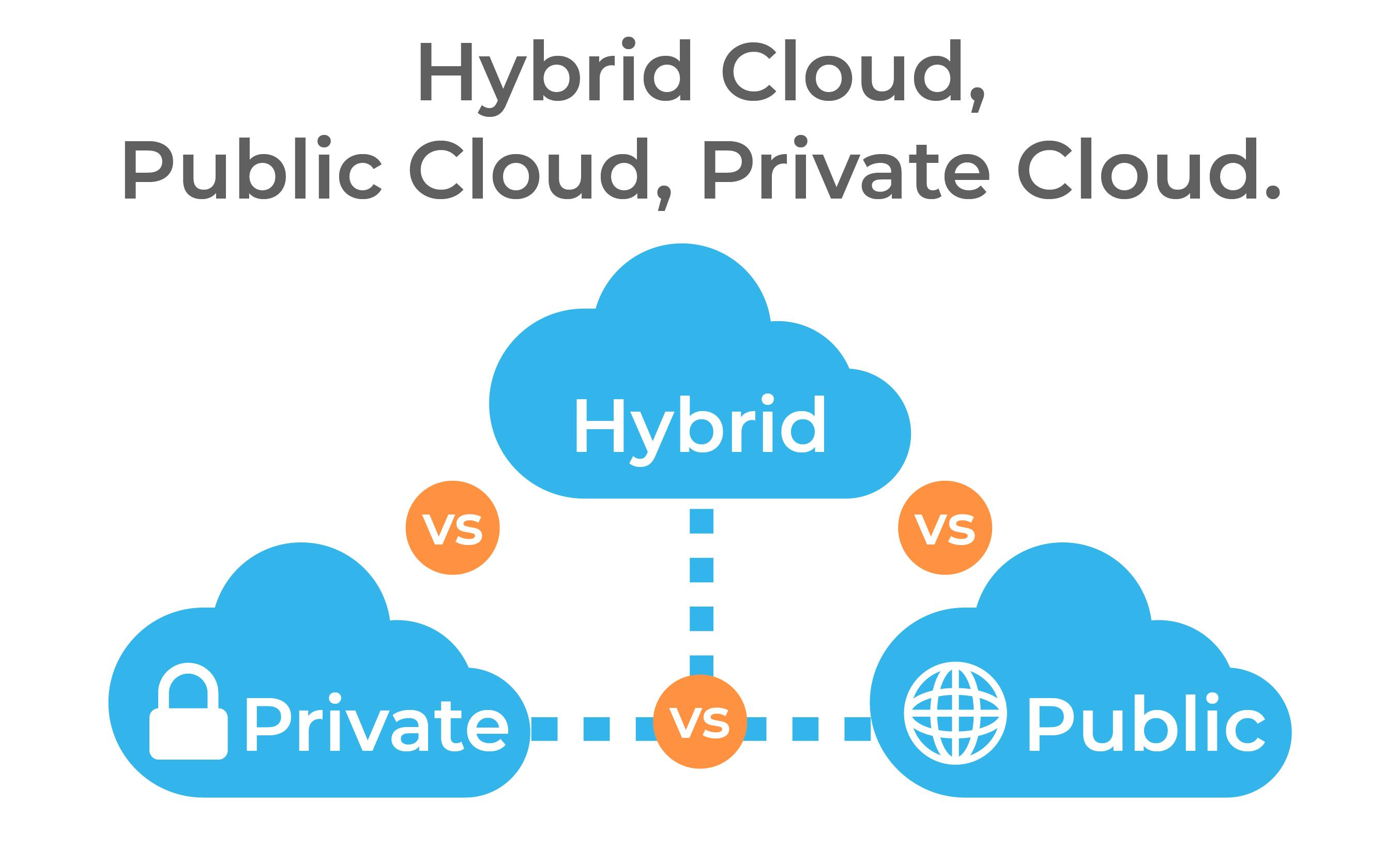In an era where digital transformation is not just a trend but a necessity, businesses are navigating the complex landscape of technology with increasing finesse. Among the myriad solutions that have emerged, private cloud Software as a Service (SaaS) is rapidly gaining traction as a game-changer for organizations of all sizes. As companies seek greater control, security, and customization in their software applications, the shift toward private cloud environments is not merely a reaction to current demands but a strategic move toward a more agile and resilient future. This article delves into the rise of private cloud SaaS solutions, exploring their benefits, challenges, and the pivotal role they play in shaping the digital landscape of tomorrow. Join us as we unveil the future and discover how these innovative solutions are set to revolutionize the way businesses operate, collaborate, and thrive in the cloud.
Exploring the Benefits of Private Cloud SaaS for Businesses
Private cloud Software as a Service (SaaS) solutions offer a multitude of advantages tailored to meet the specific needs of businesses today. Firstly, these platforms provide enhanced security and compliance, as data is stored on dedicated servers, minimizing the risk of breaches associated with public cloud environments. This level of control over data location and access can significantly help organizations in regulated industries understand and navigate compliance requirements. Additionally, these services often come with customizable features that allow businesses to mold the software to their operational demands.
Another significant benefit is the ability to optimize resource allocation and scalability. With private cloud SaaS, businesses can easily scale their operations up or down based on demand, ensuring that they only pay for what they use. This flexibility makes it easier to manage costs without sacrificing performance. Furthermore, companies gain access to reliable support and maintenance services that come with private cloud providers, freeing up internal teams to focus on core activities rather than IT infrastructure management.

Navigating Security and Compliance Challenges in Private Cloud Environments
As organizations increasingly transition to private cloud environments, security and compliance challenges continue to be a paramount concern. The flexibility and customization options offered by private cloud solutions come with the responsibility of ensuring robust security protocols are in place. To effectively navigate these challenges, organizations must focus on implementing a comprehensive security strategy that includes:
- Data encryption: Protecting sensitive information both at rest and in transit.
- Access controls: Establishing strict access management policies to mitigate insider threats.
- Regular audits: Conducting frequent assessments to identify vulnerabilities and ensure compliance with industry regulations.
Furthermore, integrating automated compliance monitoring tools can streamline the process of staying aligned with evolving regulations such as GDPR, HIPAA, or PCI-DSS. For effective compliance, organizations should also consider leveraging a centralized logging system that facilitates real-time monitoring of activities across the cloud infrastructure. Below is a simplified view of essential compliance considerations:
| Compliance Aspect | Importance |
|---|---|
| Data Protection | Safeguarding personal data from breaches. |
| Audit Trails | Facilitating accountability and traceability. |
| Third-Party Management | Ensuring vendors adhere to security standards. |

Future Trends: Innovations Driving the Adoption of Private Cloud Solutions
The future of private cloud solutions is being shaped by a range of cutting-edge innovations that enhance flexibility, scalability, and security. Organizations are increasingly embracing hybrid cloud architectures that seamlessly integrate private and public cloud resources, allowing for optimized workloads and improved cost management. With the rise of containers and microservices, companies can deploy applications more efficiently, ensuring that they utilize their cloud environments to the fullest. Additionally, advancements in AI and machine learning are enabling predictive analytics that can forecast performance needs and automate resource allocation, paving the way for smarter, more responsive cloud infrastructures.
Moreover, the focus on security and compliance continues to be a driving force behind the adoption of private cloud solutions. With data breaches becoming more frequent, organizations are seeking solutions that offer enhanced encryption, identity management, and real-time threat detection. The emergence of edge computing is also fostering new opportunities in private cloud adoption, as organizations seek to process data closer to its source, thereby reducing latency and improving performance. As businesses recognize the value of tailoring their cloud environments to their specific needs, we can expect private cloud solutions to evolve rapidly, delivering unparalleled control and customization for enterprises.

Best Practices for Implementing Private Cloud SaaS for Optimal Success
To harness the full potential of Private Cloud Software as a Service (SaaS), organizations should prioritize several best practices during implementation. First and foremost, it is crucial to conduct a thorough assessment of your existing IT infrastructure. This includes identifying necessary resources, evaluating software compatibility, and understanding user requirements. A detailed analysis can unveil potential gaps, enabling you to select a platform that aligns seamlessly with your operational goals. Additionally, engaging in a cross-departmental collaboration ensures that diverse perspectives are included, fostering a solution that addresses needs across the organization.
Moreover, adopting a phased implementation approach can significantly minimize disruption. Start with a pilot deployment that allows you to test functionalities and gather user feedback before a full-scale rollout. This iterative process encourages continuous improvement and adaptation, ensuring any unforeseen challenges are addressed promptly. Key elements of successful implementation include:
- Regular training sessions for users to familiarize them with the platform.
- Strong emphasis on data security and compliance from the outset.
- Establishing clear metrics to measure performance and user satisfaction post-launch.
Employing these strategies not only sets the foundation for a successful Private Cloud SaaS implementation but also cultivates a culture of innovation within the organization.
In Summary
As we stand on the brink of an evolving technological landscape, the rise of private cloud SaaS solutions presents both challenges and opportunities for organizations worldwide. The journey toward embracing these innovative platforms is not solely about harnessing the power of the cloud; it’s about redefining how businesses operate, collaborate, and innovate in an ever-competitive environment.
As enterprises navigate this uncharted territory, it’s essential to approach the transition with a blend of caution and excitement, ensuring that the benefits of customization, security, and efficiency are realized without losing sight of the human element that drives success. The future is bright for those willing to adapt and leverage these specialized solutions, paving the way for a more agile, responsive, and digitally empowered business world.
In closing, the story of private cloud SaaS is still being written, and as we move forward, it is imperative that we remain informed, engaged, and ready to embrace the changes it brings. By staying attuned to emerging trends and best practices, organizations can unlock the full potential of this transformative technology, heralding a new era of digital innovation and operational excellence. Let us step boldly into this future and explore the possibilities that await.



